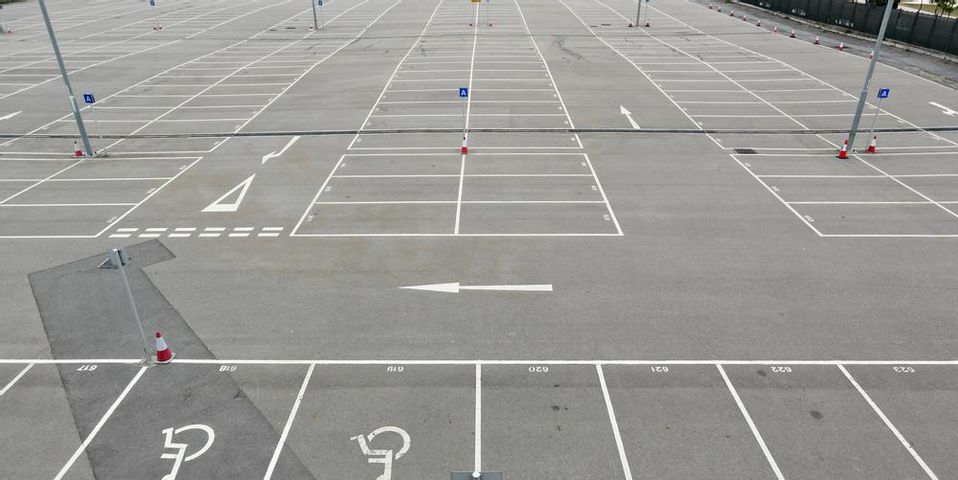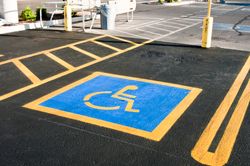
Drivers use parking lots and spaces regularly, but hardly ever give them much thought. Fortunately, those who design, pave, and add striping to these areas plan at length for maximum efficiency and safety. To give you some insight into their forethought, here are some rules you probably didn’t know about the process.
What You Don’t Know About Parking Lots
1. Designs Are Planned Around Traffic
Most parking lots will experience either light-load or heavy-load traffic. The former refers to standard vehicles, and the latter involves heavy-duty trucks that load or unload goods. Knowing which type of traffic is expected at a business will improve the striping to direct each vehicle type to a specific area of the pavement. Then the designated area for heavier vehicles is reinforced to better handle the weight and reduce the need for repairs.
2. Accessible Spaces Require Specific Dimensions
 In every parking lot in Hawaii, a certain percentage of spaces must be handicap-accessible. Out of these, one out of every six must be van-accessible. Parking lot striping of handicapped and van spaces must be at least 8-feet and 11-feet wide respectively. Beside them must be a 5-foot wide access aisle.
In every parking lot in Hawaii, a certain percentage of spaces must be handicap-accessible. Out of these, one out of every six must be van-accessible. Parking lot striping of handicapped and van spaces must be at least 8-feet and 11-feet wide respectively. Beside them must be a 5-foot wide access aisle.
3. Many Non-Residential Buildings Require Off-Street Parking
Most public businesses in Hawaii are required to allot a specific number of parking spaces outside their facility. For instance, hospitals require two spaces for every bed, whereas a commercial 5,000 square foot shopping center requires one space for every 250 square feet of floor area.
When adding or updating a parking lot in Hawaii, you need experts who are well-versed in the state’s striping laws and regulations. Locally owned and operated Pacific Striping in Honolulu provides striping and curb painting services 24/7 to all of Oahu. For a free estimate, call them today at (808) 859-3664. You can also learn more about their services online.
About the Business
Have a question? Ask the experts!
Send your question

